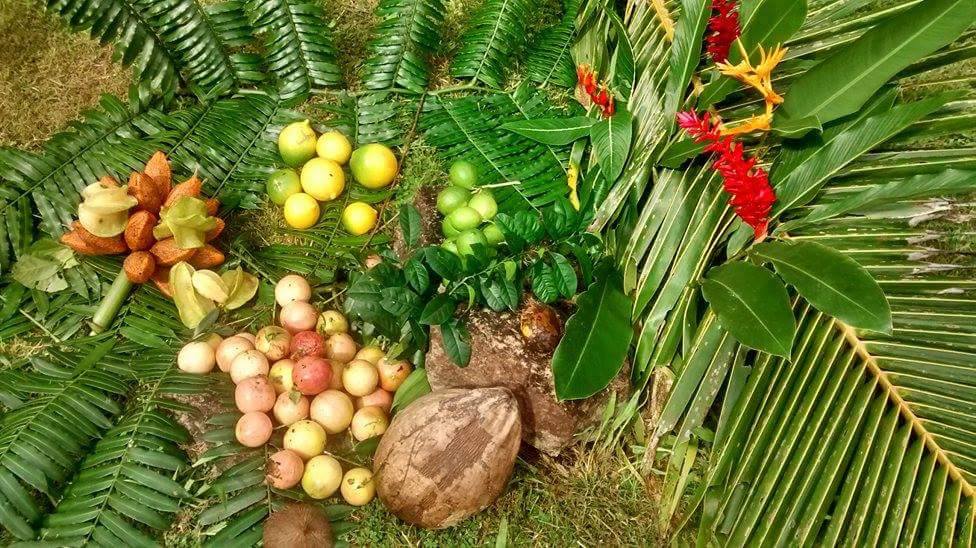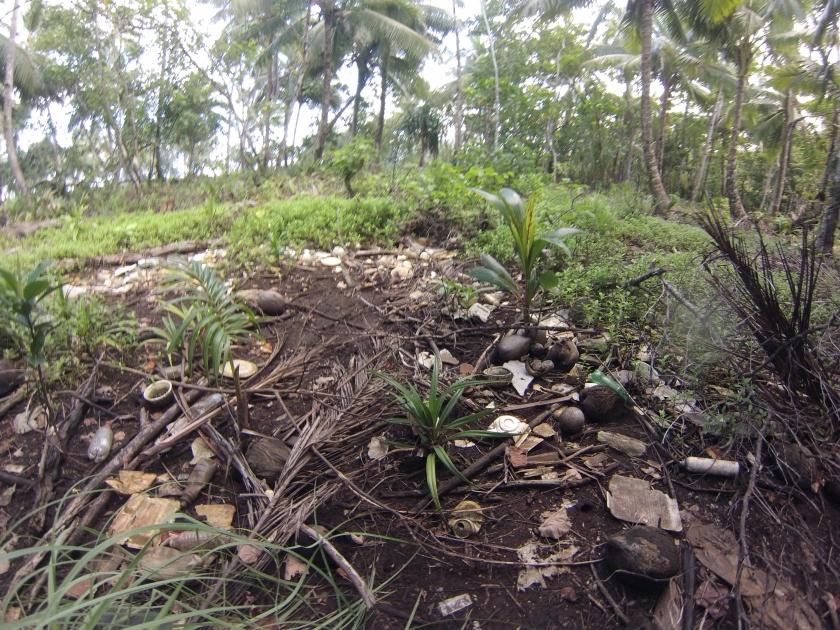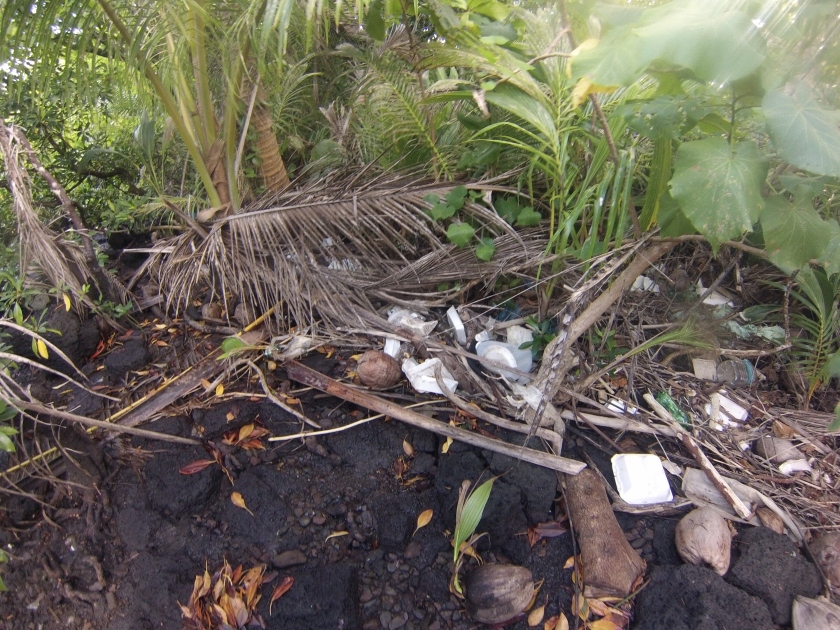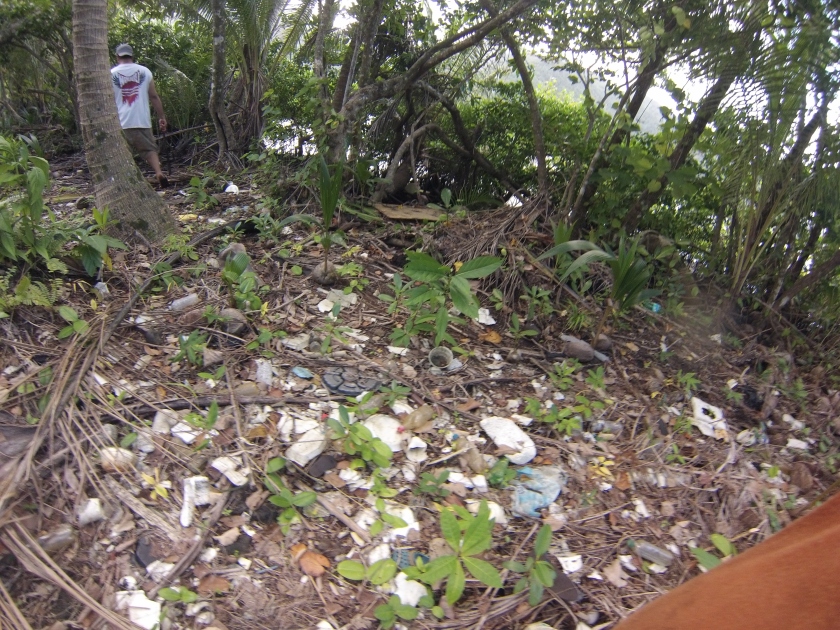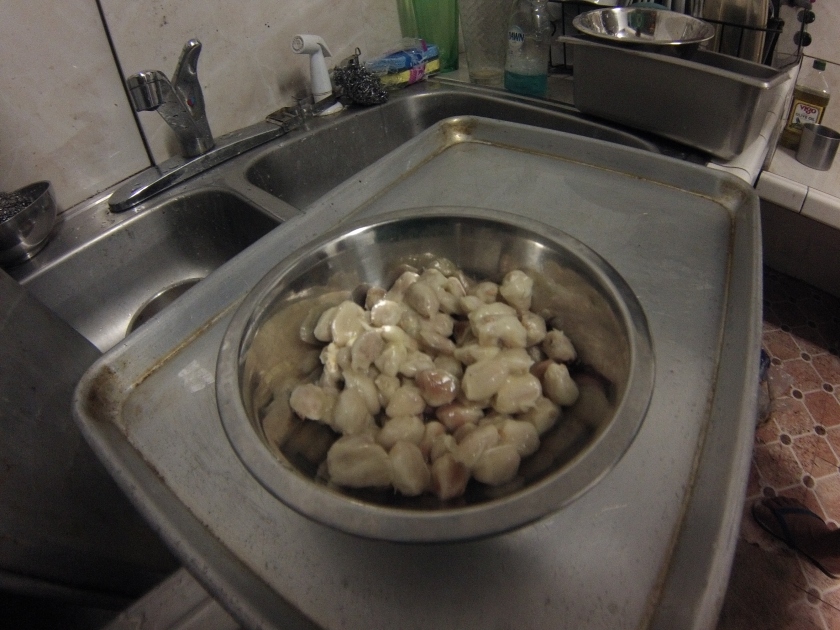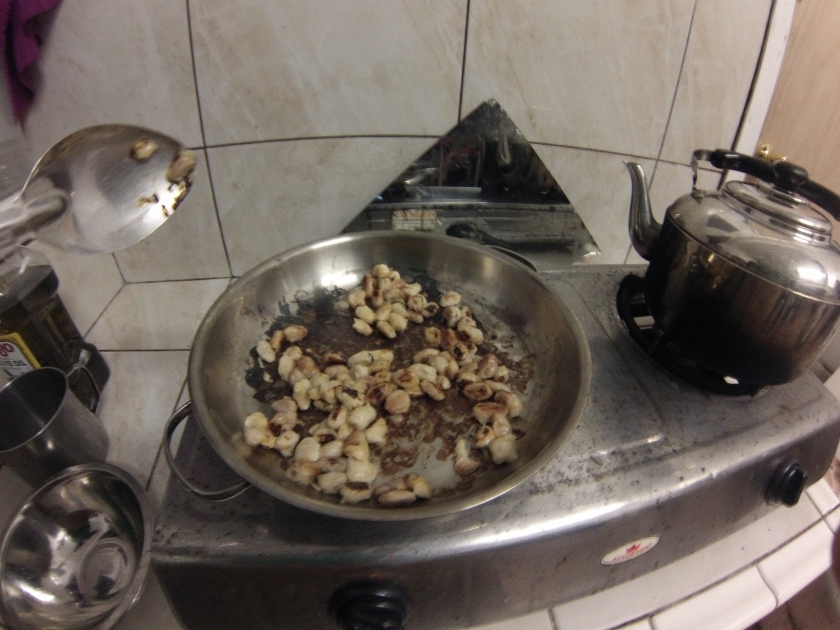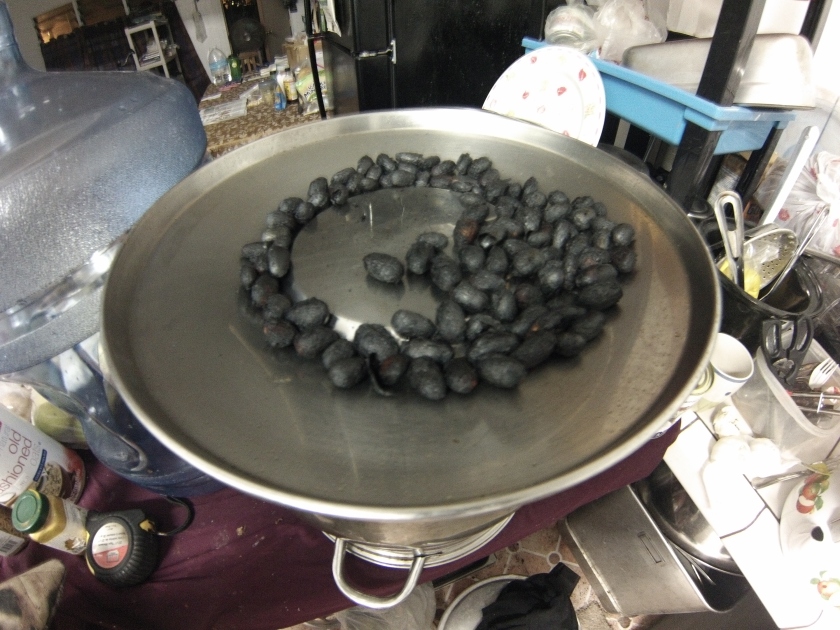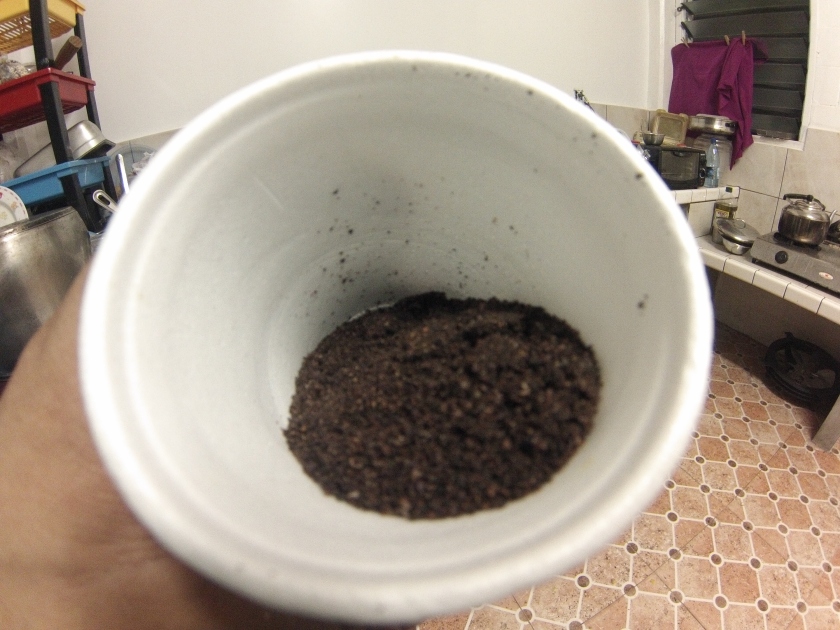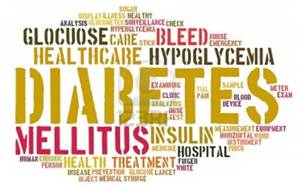
Plastic pollution is a big deal. Our oceans, green spaces and city streets are full of it. Beaches around the world find plastics upon their shore, including ones where no humans live. There are hundreds, if not thousands of species who are directly impacted by plastic in their diets on a daily basis. Ironically, humans are one of those species.
If you are like most people you have heard of bisphenol A most commonly called BPA. . Many people know it’s bad but they don’t understand exactly how and they make efforts to shop for plastics that are BPA free. That’s a good thing, but not all plastics are labeled effectively and BPA isn’t just found in plastic. It’s also found in the lining of Aluminum cans and many major water supplies throughout the United States.
Fighting effective labeling of products is something corporations have been doing for decades. One primary example of this is the cigarette industry. While there has been a change over the last 100 years from Doctors and Actors actively supporting this “healthy habit” to education and understanding of the toxicity of manufactured nicotine to labels stating that cigarettes can cause cancer, birth deformities and more.

This is no different in today’s manufacturing industries. According to the International Bottled Water Association, a conglomerate of corporations who profit from the privatization of water; BPA is a safe chemical for adults to consume. They even provide links to Food and Drug Administration (FDA) papers and website while painting a rosy picture of the chemical, which has been regulated out of packaging and uses for infants while being allowed in the adult human supply chain.
Why is this an issue, consuming BPA? According to a report in Reuters, researchers, “using government health data, they found that the 25 percent of people with the highest levels of bisphenol A in their bodies were more than twice as likely to have heart disease and, or diabetes compared to the 25 percent of with the lowest levels.” One study that links it to diabetes also indicates; “People ingest BPA that leaches from containers into foods and drinks. Studies in the United States showed that BPA appeared in the blood and urine of 95% of people tested.”
In a 2016 study, researchers found,”The present study showed that BPA could lead to chromosomal aberrations in both ER-dependent and independent pathways at some concentrations or in cell types yet not reported. Also, BPA could probably be considered as a facilitator for some predisposed cells to be cancerous by raising the chromosome instability levels. Finally, estrogen receptor seems to have a different role in cytotoxicity and genotoxicity effects” http://www.ijmcmed.org/browse.php?a_id=335&slc_lang=en&sid=1&ftxt=1
Plastics have a history of being this great invention that has turned out to have many negative effects. Pollution litters our planet and we now know it pollutes our body. What is can be found as astonishing is that it takes very little plastic in your life to be put at risk for health issues. One of the major carriers of “sick plastic” is water and soda bottles. It’s a hot day and you want a cold beverage, so you stop in to a convenience store and grab a plastic bottle of water or some carbonated beverage. After a few swigs and a few miles down the road, you head into a business for work, shopping or other reason. But its a sunny day and that beverage you purchased in warming up, and so is the plastic that it comes in. Maybe you drink some more when you get back in your car, maybe you put it in the fridge and drink it when it gets cold again – either way, you could be consuming toxic chemicals that have leached out of the bottle and into your drink. No harm in that right? Wrong.
Researchers indicate that, “Rate of growth and sexual maturation, hormone levels in blood, reproductive organ function, fertility, immune function, enzyme activity, brain structure, brain chemistry, and behavior are all affected by exposure to low doses of BPA. Many of these effects are due to exposure during early development (gestation and/or lactation), but effects due to postweaning-through-adult exposure have also been reported.” http://www.ncbi.nlm.nih.gov/pmc/articles/PMC1280330/
This means that drinking plastic beverages can increase the age of puberty, impact the function of your brain, impact one’s fertility and more. While these factors are scary, many people would believe that the solution is to avoid drinking these beverages after they have become warm. While this is a nice idea, the truth is that many of these chemical impacts can occur to the beverage before we purchase them. Most of the shipping containers and semis hauling these manufactured goods from the factory to local distributors do not use cooling units, so the risk of exposure begins at the initial transport to market.
The same study also indicates one unfortunate fact – the government and businesses that use BPA don’t research it’s impacts. From the same medical report we see this chart showing the lack of studies by corporations and government entities on the impacts of BPA.
Government /Corporate Studies on BPA
Biased outcome due to source of funding in low-dose in vivo BPA research as of December 2004.
|
All studies
|
CD-SD rat studies
|
All studies except CD-SD rats
|
| Source of funding |
Harm |
No harm |
Harm |
No harm |
Harm |
No harm |
| Government |
94 (90.4) |
10 (9.6) |
0 (0%) |
6 (100) |
94 (96) |
4 (4) |
| Chemical corporations |
0 (0) |
11 (100) |
0 (0%) |
3 (100) |
0 (0) |
8 (100) |
What’s the solution? There are two basic solutions to avoiding BPA in your life. Avoid single use plastics like water and soda bottles. In addition to protecting yourself, you will have a positive impact on the world around you. To travel with beverages on a regular basis, purchase a Stainless Steele insulated beverage container. Insulated containers last a lifetime and help keep your beverages cold for long periods of time. This will eliminate any concerns about being forced to warm beverages on a hot day. Also, you can take your insulated container and purchase fountain soda from many chain and convenience stores.
While direct links establishing the permanence of impacts from BPA in our bodies are needed, it’s clear that corporations will not notify us the general public when they provide chemicals in our environment that have negative effects on the human body. While Diabetes and Heart Disease are just the tip of the iceberg in the potential for permanent damage to our bodies, issues like breast cancer and advanced puberty onset are known. For these reasons alone it’s best to eliminate single use plastic water bottles from your diet, but not fresh clean water. For more information on types of plastics and the ways they pollute our body, check out page 2 of this printable PDF from the Ecology Center in Berkley, CA.
Sources:
- Aghajanpour-Mir S M, Zabihi E, Keyhani E, Akhavan-Niaki H, Bagherizadeh I, Biglari S et al . The Genotoxic and Cytotoxic Effects of Bisphenol-A (BPA) in MCF-7 Cell Line and Amniocytes. Int J Mol Cell Med. 2016; 5 (1) :19-29
URL http://www.ijmcmed.org/article-1-335-en.html
- Vom Saal, Frederick S., and Claude Hughes. “An Extensive New Literature Concerning Low-Dose Effects of Bisphenol A Shows the Need for a New Risk Assessment.” Environmental Health Perspectives 113.8 (2005): 926–933. PMC. Web. 13 June 2016
http://www.ncbi.nlm.nih.gov/pmc/articles/PMC1280330/
- Washam, Cynthia. “Exploring the Roots of Diabetes: Bisphenol A May Promote Insulin Resistance.” Environmental Health Perspectives 114.1 (2006): A48–A49. Print.http://www.ncbi.nlm.nih.gov/pmc/articles/PMC1332699/
- http://www.coca-colacompany.com/contact-us/faqs
- http://www.reuters.com/article/us-chemical-heart-idUSLF18683220080916
- http://www.bottledwater.org/health/container-safety/what-is-bpa
- http://www.fda.gov/NewsEvents/PublicHealthFocus/ucm064437.htm#regulations
- http://www.bottledwater.org/health/container-safety/what-is-bpa
- http://ecologycenter.org/wp-content/uploads/2012/05/eliminate-plastic.pdf
 Like any good explorer, I am working hard at and enjoying learning about the local food here in America Samoa. Here on this island there are a wide variety of fruit bearing trees. The most common of these are Esi or papaya, Coconut and Fai or Banana. Additionally Starfruit, passion fruit, limes and lemons are quite plentiful.
Like any good explorer, I am working hard at and enjoying learning about the local food here in America Samoa. Here on this island there are a wide variety of fruit bearing trees. The most common of these are Esi or papaya, Coconut and Fai or Banana. Additionally Starfruit, passion fruit, limes and lemons are quite plentiful.